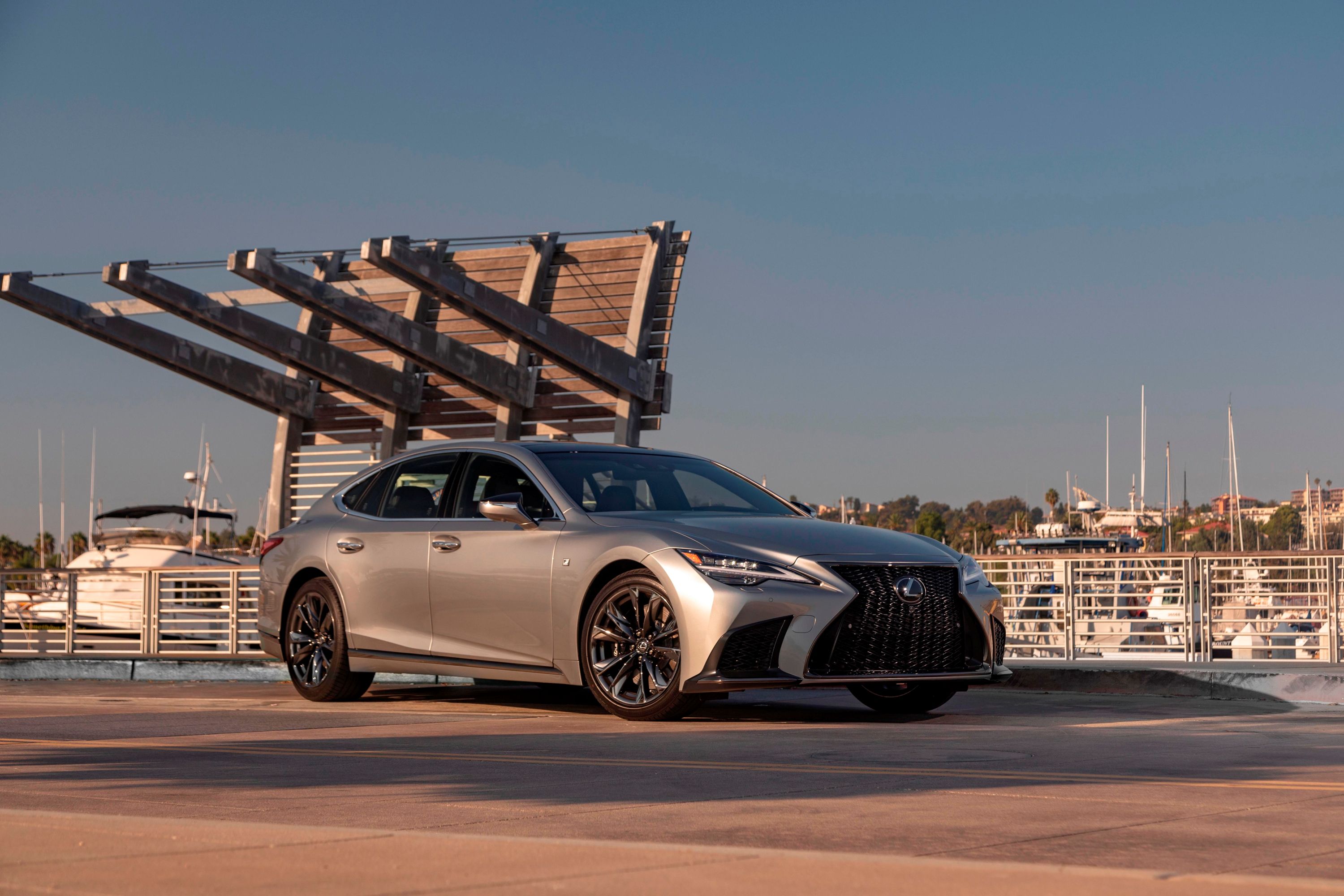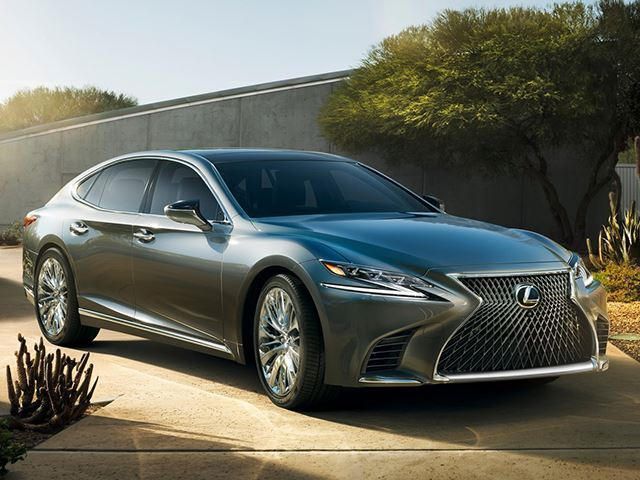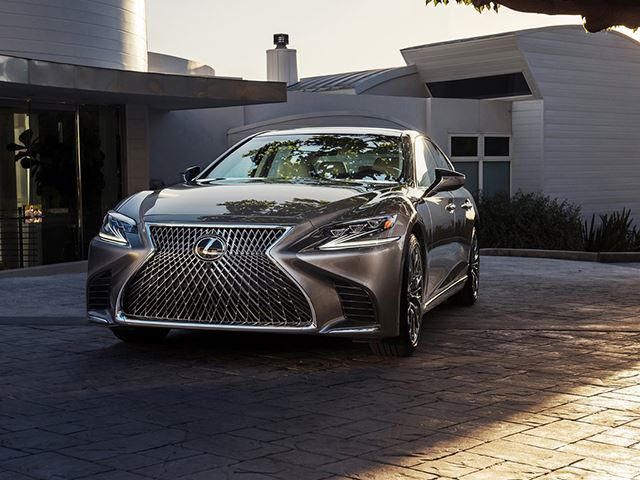
Despite the ground Lexus has won against Germany's big three thanks to enticing mid-level offerings, customers with larger wallets still gravitate towards the more established badges, leaving Lexus' flagship models to languish in dealership lots. "No more," said Lexus, not with a spokesperson but with the launch of the new LS. We've already outlined how the Japanese automaker expects to outdo the Germans with the LS, but Automotive News has learned of the tactics it's using to make the sedan even safer than its competition.
Speaking with lead engineer Toshio Asahi, AN discovered that Lexus is adding three new "world-first" safety technologies to the Lexus to make it one of the best cars to be at the helm of when life decides it's time for an airbag-triggering shakeup. Like most pieces of safety machinery being added to modern cars, the three life-saving technologies on the Lexus are preventative measures intended to stop a crash from happening in the first place. The first is an auto steering system designed with darting pedestrians in mind but works to steer the heavy car around other cars or obstacles that threaten the pretty grille designers worked so hard on. This is important given that the LS is large and stopping distances aren't its forte.
The automaker's current auto braking system only works at speeds up to 37 mph, but the auto steer function should add an extra layer of protection in case brakes alone don't do the trick. An advanced head-up display makes up component number two of the three-pronged safety shield. Lexus claims the display is the world's largest and it works by projecting color images onto the windshield, warning of pedestrians when lighting conditions may be keeping them hidden from the driver's eye. This works in conjunction with a new intersection blind-spot detection system that uses a millimeter wave sensor embedded in the front of the car to look around hard-to-see corners and warn a driver if traffic is coming.
This system is similar to a rear cross traffic alert system, which warns a driver who is backing out of a parking space if there is a car approaching. In total, Asahi claimed that he's worked on the new LS for six years, making the 3.5 year timespan it took to finalize the car's grille seem petty. What we're more pleased with is that Lexus has the confidence to debut its own ground-breaking technology that could trickle down to all of its cars one day. Very Mercedes S-Class of you, Lexus.


